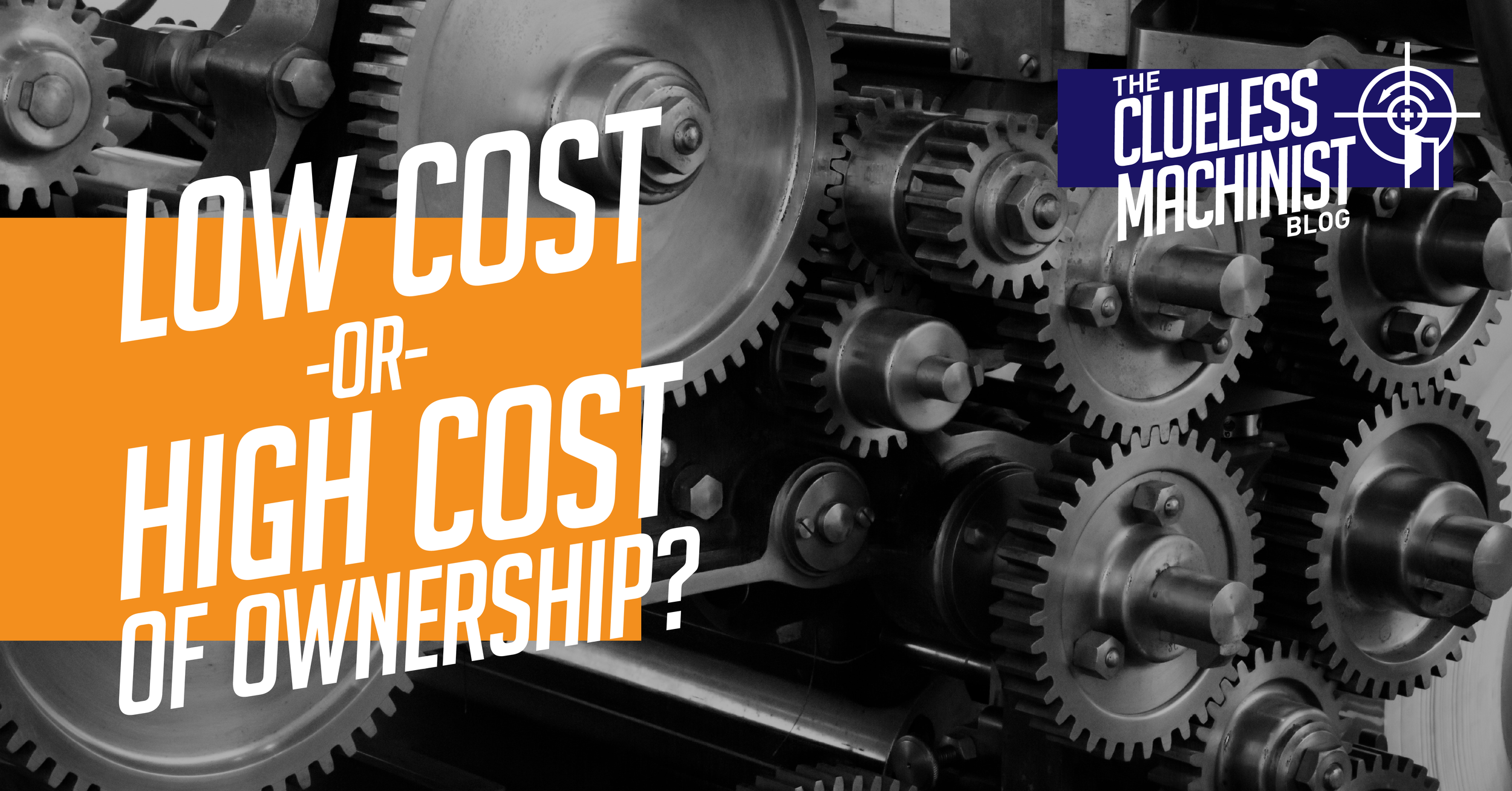In today's fiercely competitive market, businesses are constantly seeking ways to optimize costs and improve profit margins. One common approach is to prioritize low-cost component manufacturing. While cost reduction is undeniably important, focusing solely on the price tag may not always be the best way to move forward. In this blog post, we will delve into the complexities of component manufacturing and explore why a balanced approach that emphasizes quality over low cost can lead to more sustainable and long-term success for businesses.
The Hidden Cost of Low-Quality Components:
Sourcing components at the lowest price may seem strategic, but it often comes with hidden costs. Low-quality components can lead to issues such as increased downtime, frequent breakdowns, and costly repairs or replacements. For Contract Manufacturers, these problems could even cause Production Line Down situations, which are costly affairs manufacturers want to avoid at all costs. These factors can significantly impact overall productivity and customer satisfaction, ultimately outweighing initial cost savings.
The Role of Reliability in Building Trust:
Industries where safety and reliability are paramount, like automotive, aerospace, or medical equipment, cannot overstate the value of quality components. Customers rely on products that perform consistently without fail. Investing in high-quality components builds trust with customers, enhancing a company's reputation, fostering long-lasting relationships, and encouraging repeat business. Recent Product Recalls across various industries could be partially attributed to component-level failures—often linked to extreme cost-cutting in component parts. While these costs might not be apparent during project budgeting, they significantly affect profitability.
Long-Term Cost Savings:
As mentioned earlier, low-cost components might offer immediate financial benefits, but investing in quality components leads to substantial long-term cost savings. Durable and reliable components reduce maintenance expenses, extend product lifespans, and decrease the need for frequent replacements. Enhanced product performance often translates into greater customer satisfaction and higher demand, positively impacting a company's bottom line. The correlation between procuring components of High Quality and Reliability is observable, as they both influence the product owner's reputation.
Innovation and Competitive Advantage:
Innovation drives the manufacturing industry. Investing in quality components empowers manufacturers to unlock new possibilities for product design and functionality. Components with unique features, higher precision, or improved materials can give businesses a competitive edge, setting them apart from competitors focused solely on low-cost options. Collaborating with a Component Manufacturing Partner goes beyond producing parts from drawings.
Environmental and Ethical Considerations:
The pursuit of low-cost manufacturing can lead to decisions compromising environmental sustainability and ethical practices. Quality components often prioritize eco-friendly materials and manufacturing processes, aligning with the growing demand for responsible and sustainable products. Amid geopolitical tensions, concerns arise about the origin of certain product materials, prompting the avoidance of conflict areas. Responsible Component Manufacturers provide proper documentation of input material origins, ensuring traceability for all components in the final product.
Conclusion:
While cost reduction is an essential aspect of component manufacturing, focusing solely on low cost can be short-sighted and counterproductive. Quality components play a pivotal role in ensuring the reliability, efficiency, and reputation of a product or business. By investing in superior components, manufacturers can experience long-term cost savings, foster customer trust, drive innovation, and gain a competitive edge in the market.
As the manufacturing landscape evolves, it is crucial for businesses to strike a balance between cost optimization and quality enhancement. By adopting a more holistic approach, manufacturers can position themselves for sustained growth, profitability, and success in an increasingly competitive global marketplace.







